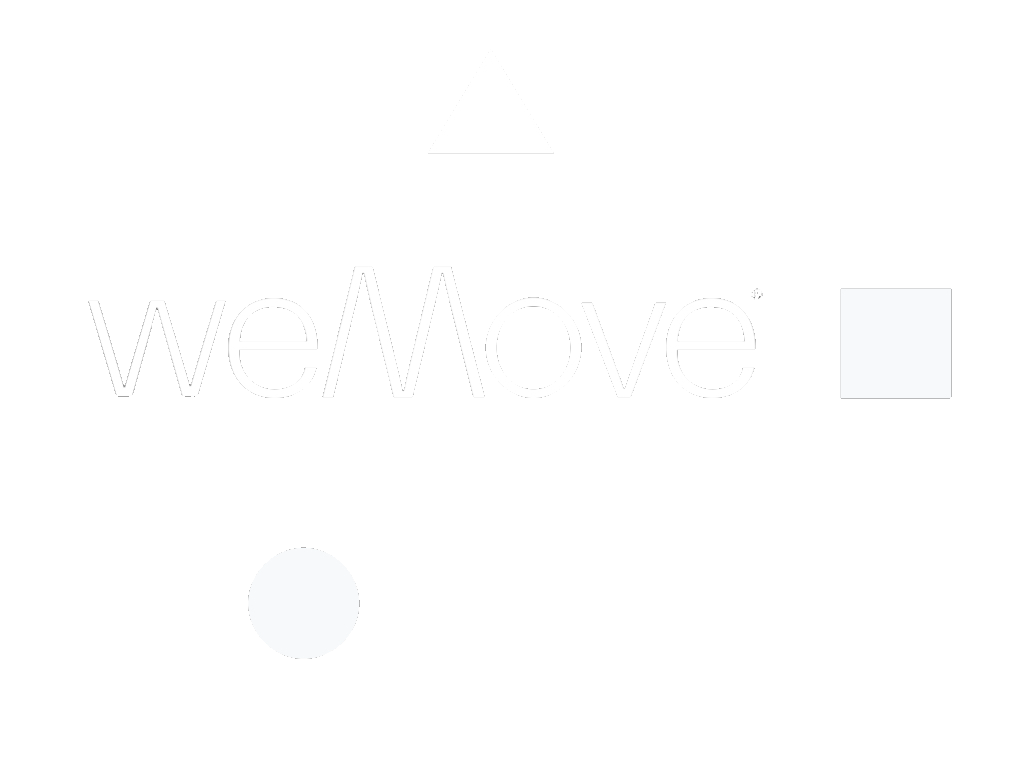
Breathe: Master your breath and you have genuine superpowers. It regulates your whole being, keeps you calm in chaos, strong under pressure and able to live to your potential.
Since day 1 of weMove we have been fascinated with breathwork, from spending time with Wim Hof in 2015 to daily Astanga yoga practice, holotropic, inspirational, and resonance breathwork, we understand first hand how beginning to master how you breathe and the mechanics of breathing can transform your performance in your pursuit and in your life.
-
Breathwork refers to any type of breathing exercise or technique. For the Yogis amongst us, the power of the breath is already known in the concept of Pranayama.
People often perform them to improve mental, physical, and spiritual well-being. During breathwork, you intentionally change your breathing pattern.
There are many forms of breathwork therapy that involve breathing in a conscious and systematic way. Many people find breathwork promotes deep relaxation or leaves them feeling energized.
This is not an exhaustive list, simply a guide for the types that we have practiced and found benefit in.
-
The way we breathe is central to our performance and outlook. The Wim Hof Method (WHM) is a simple and effective exercise to reset and rebalance.
Step 1: Get comfortable. Sit in a mediation posture or lie down. THe most important thing is to be comfortable enough to expand your lungs freely without any feeling of constriction.
Step 2: 30 power breaths. Inhale through the nose or mouth and exhale through the mouth in powerful bursts. Keep a steady pace and use your midriff fully as though it is a balloon. Repeat steadily 30 times. You might experience lightheadedness or tingling sensations in the body.
Step 3: The breath-hold after exhalation. After the 30 rapid breaths cycle, draw the breath in once more and fill the lungs to maximum capacity without using any force. Now, let the air out and hold for as long as you can without force. Hold this breath until you experience the gasp reflex.
Step 4: Recovery breath. Inhale to full capacity. Feel your chest expanding and when you are at full capacity, hold this breath for around 10 seconds and this is round 1! Repeat steps 1-4 3 more times.
Step 5: Enjoy the feeling. Having complete the breathing exercise, take your time to enjoy the feeling afterward. This feeling will be more and more like meditation each time you do it
Bonus: Power push-ups. During step 3 you can add push-ups or yoga poses as you hold your breath until the gasp reflex. Notice that you are stronger without the air than when you would normally breathe. The body has been fully oxygenated by the power breaths.
You can see our short film with Wim Hof here and learn more about the Wim Hof Method here.
-
Resonance breathing is essentially a reset button for your nervous system.
When doing resonance breathing, we consciously slow our breath down to a cycle that brings the sympathetic and parasympathetic nervous systems into equilibrium, and thereby restore balance.
This rate is generally five to seven breaths per minute, with the inhalation and exhalation being completely equal, or the exhalation being just ever so slightly longer than the inhalation. This is a breathing cycle that Tibetan monks and yogis naturally fall into when they meditate.
The best way we have found to breathe is with “The Breathing App” by Eddie Stern and Deepak Chopra.
-
Here are the weMove podcast episodes for breathwork. All different but all valid.
Ep 15: Inspirational breathwork - Nicola Price - LISTEN
Ep 40: Breath is life - Brian Mackenzie - LISTEN
Ep 41a: Which breathwork method is for me? - Leo Daniel Ryn - LISTEN
Ep 67: Is the way you breathe, holding you back? - Patrick McKeown - LISTEN
Ep 79: The Bruce Lee of Breathwork - Dan Brulé - LISTEN
